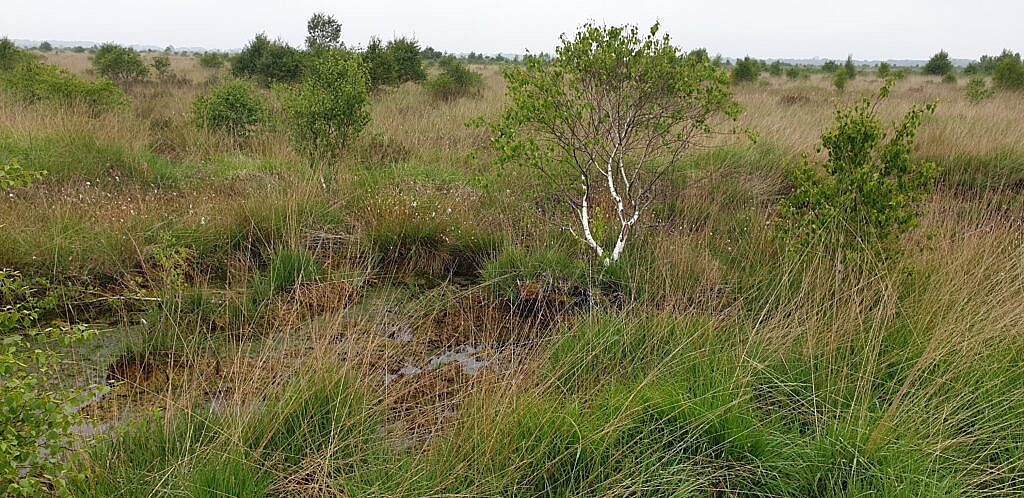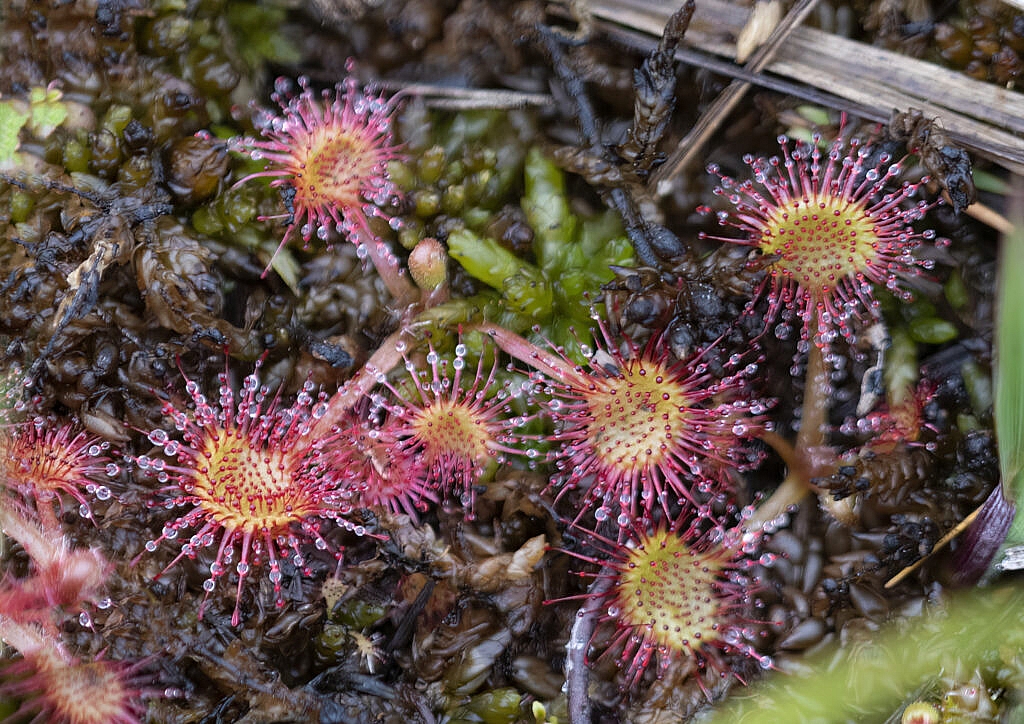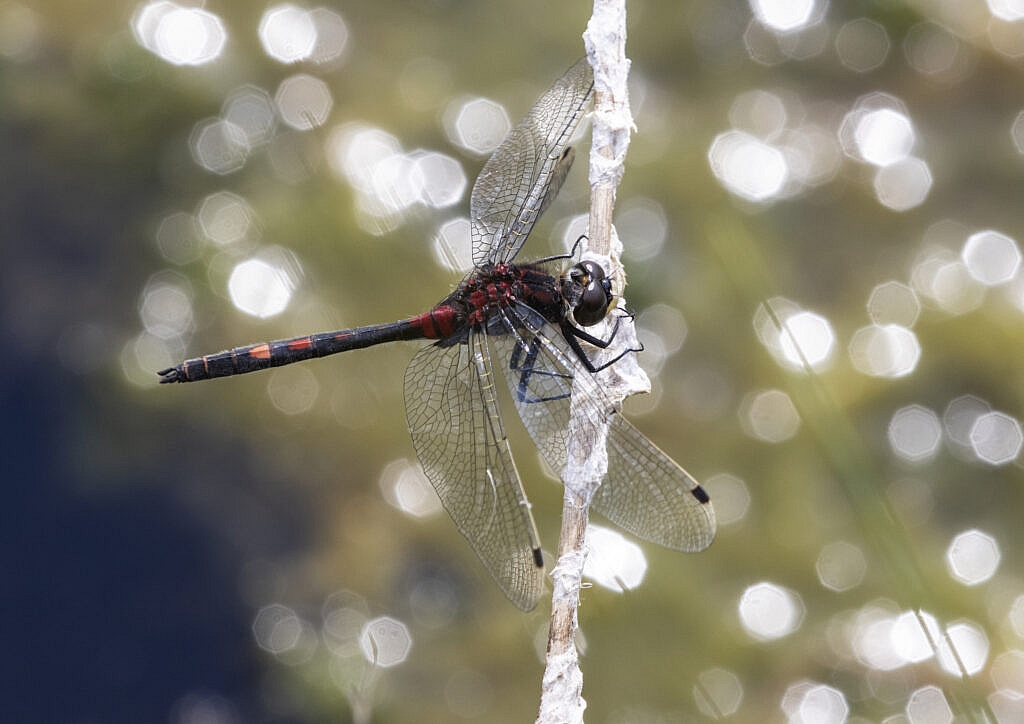Ahhh, 2010! That was a classic year. Do you remember it?
David Cameron and Nick Clegg formed the coalition Government. The Icelandic volcano Eyjafjallajökull blew and grounded flight across Europe with clouds of ash. Spoonbills bred in Britain for the first time in three centuries. And in December that year, the coalition Government finally introduced a scheme to end the use of peat in domestic gardens by 2020. It was a voluntary scheme, relying on the industry to get its own house in order.
It didn’t. By 2019, peat use was down by just 25% and then rose in 2020 as Covid lockdowns left gardening as about the only legal way to get outside. In 2021, 30% of all compost sold was still peat-based.

The swift and decisive response of DEFRA (the Department for Food, Environment and Rural Affairs) to the failed scheme was to run a public consultation. It ran from December 2021 to March 2022. And finally, last Saturday (that’s Saturday 27th August 2022, in case anyone is getting lost on the decades), after 11 years of carefully monitoring, DEFRA finally admitted that the voluntary ban wasn’t working, and said that instead there would be a complete ban on the domestic use of peat.
But not straightaway. From 2024. Never let it be said that DEFRA rushes into things.
Oh -and the ban is only in England. Wales may adopt similar measures, but Northern Ireland, home to some of Britain’s most extensive peatlands, has no plans.
In some ways, the announcement of Saturday that peat-based products will be banned in supermarkets and garden centres is very welcome news. It is certainly a long-overdue step forwards. But anyone who has ever walked past an agricultural operation like a strawberry farm, or a peat extraction site, will know that household use of peat is just part of the problem. The DEFRA announcement takes away around 70% of Britain’s market for peat, but it doesn’t stop it being sold to commercial growers instead, and it doesn’t stop it being exported. In other words, it’s easy for the same peat extraction companies that failed to achieve anything with a voluntary ban to find perfectly legal ways to continue extracting peat and selling it. Which means, of course that the relentless destruction of our peat beds will continue. And while Britain imported over half a million tonnes of peat from Ireland last year, we also exported almost 50,000 tonnes back to them. We also exported significant quantities to Germany, France, Japan and Oman. So it doesn’t take a genius to work out that the peat no longer sold into British supermarkets may simply end up being sold overseas instead, especially in the current oil/gas fuel crisis because peat is still used as a fossil fuel by some.

But why should we care?
For a number of reasons.
Peat is formed when trees, grasses and mosses, especially sphagnum moss, grow in very wet, stagnant environments. When the plants die off, their remains sink and in the oxygen-deprived waters decay very slowly. New moss forms on top, at a rate of about a millimetre a year, and the old plant matter sinks further. The result, over a period of 500 years or so, is a bed of peat. This means that peat is a good natural carbon store that requires no money and no technology to work: all it needs is to be left alone. By contrast, remove the peat from the water and that stored carbon slowly emerges. Burn peat (as Ireland still does in some power stations) and you send its stored carbon straight into the atmosphere as CO2.
But that’s not all. Sphagnum moss, a major component of peat beds, is also highly absorbent, holding up to 22 times its own weight in water, making a peat bog a very good way of absorbing sudden floods of water that would otherwise spill over into houses. It’s a natural flood prevention system. For pub quiz fans, Sphagnum moss was used by the Native Americans as a nappy filler and by the Romans as the spongy bit on the end of a stick that they used to wipe their rear ends in their communal latrines. And while those are benefits unlikely to impress most people in Britain these days, consider this: Sphagnum moss has mildly antibacterial properties and was used to pack wounds to prevent gangrene and sepsis during the first world war, before the first antibiotics were discovered. It was so good at it that over 1 million sphagnum dressings a month were in use by the war’s end. It is so good still that it would be widely used today if it wasn’t so expensive to collect. In fact, some pharmaceutical companies still do make moss dressings.

But our ancestors knew our peatlands, mosses, bogs and mires for another reason: they are a fantastically rich resources, a precious habitat. These expanses of peat and moss, often interspersed with rough grasses and spindly bushes and trees, teem with life. I’ve seen deer wade through them, and watched egrets and large heath butterflies fly around them. I’ve found sundews on them, a carnivorous plant that traps and digests flies and other insects because it can’t get enough nutrition in the acidic, nutrient-deprived waters. I’ve seen the rare fen raft spider, and the white-faced darter dragonfly, a peat bog specialist and one of Britain’s rarest dragonflies. I’ve watched hobbies and kestrels and myriads of smaller birds which feed off the abundant insect life that peatlands encourage. I’ve even walked out onto a healthy peat bed, literally bouncing on a feet-deep floating mat of moss and peat covering much deeper water beneath it. Peatlands are magical spaces, places of mists and strange, distant calls, and whatever their other benefits, their loss would impoverish us all.

I am grateful, then, that however, belatedly, DEFRA has finally taken this one small step to reduce the destruction of our peatlands. But it is not enough, it is not nearly enough. What we need is not management by hint and nudge. We need management by action. We need simple, straightforward rules. Rules like “all peat extraction in the united kingdom will be banned by 2025″. That kind of rule. And given Defra’s high-octane, race-to-act approach, the right time to start working to such a ban is right now.



1 comments On Peat extraction – far too little and far too late
Totally agree. And, as a gardener, the last decade could have been properly spent finding sustainable peat alternatives. So many of the garden centre offerings are very poor substitutes or include coir. Local council green waste initiatives can be quite good, but the quality depends on how well managed the recycling scheme is – some gardeners have found bottles and plastic in their bags of compost. Oh, I wish I hadn’t mentioned the UK recycling scheme – because of course we don’t actually have one….
Comments are closed.